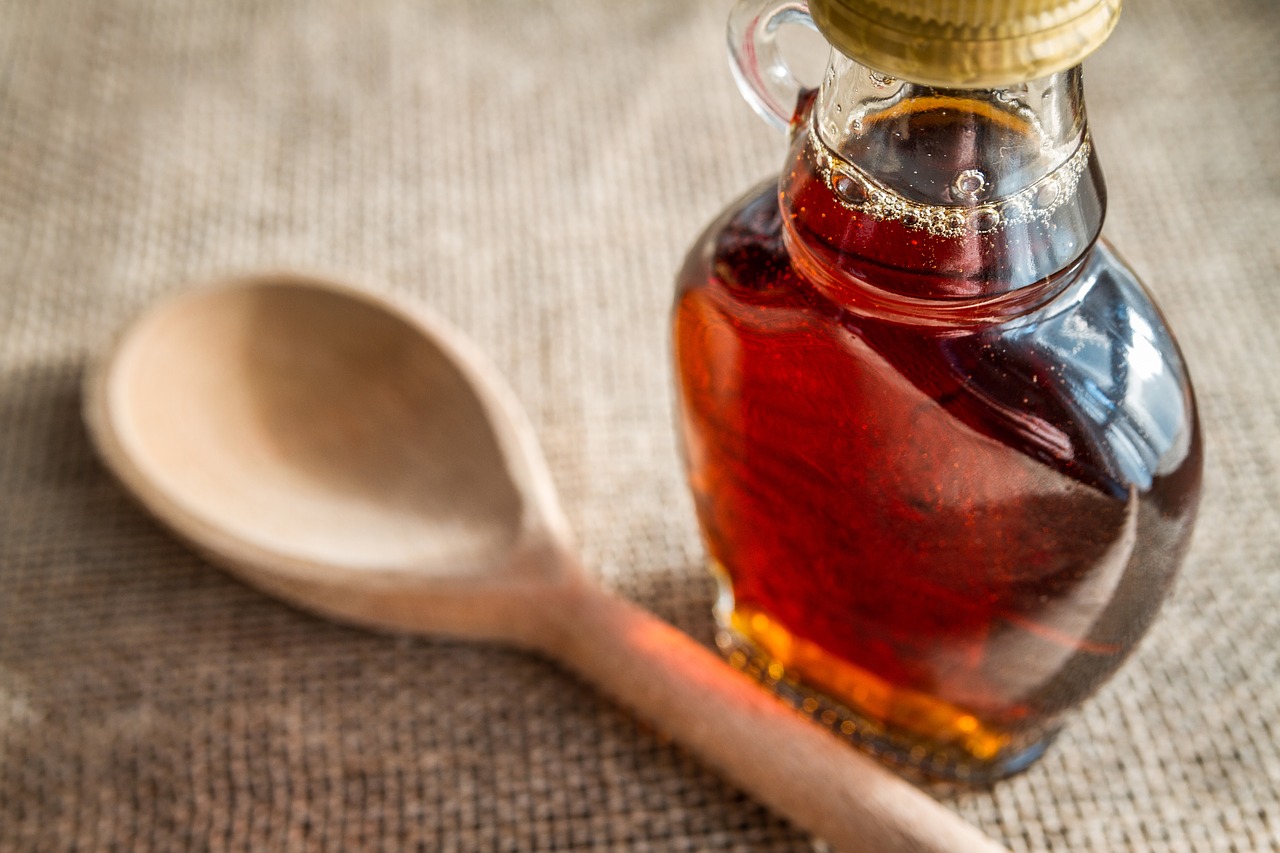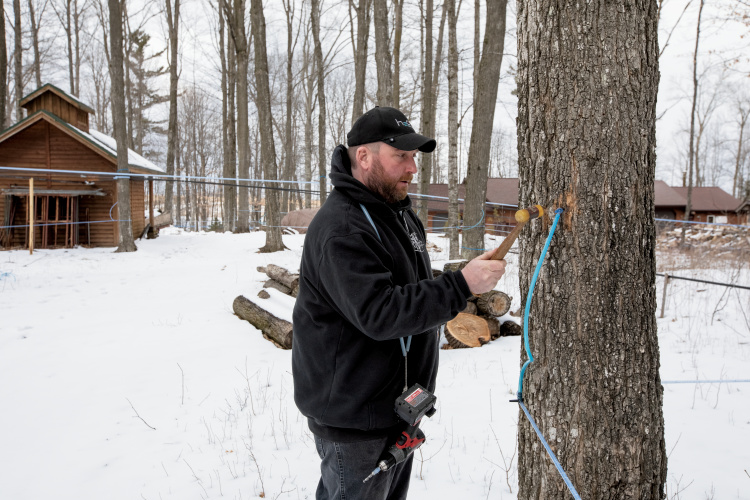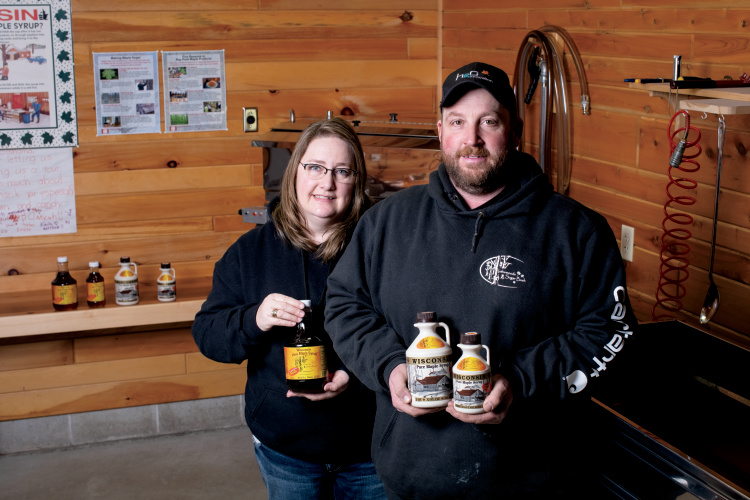Home > Wisconsin > Wisconsin Crops & Livestock > Why You Should Try Maple Syrup From Wisconsin
Why You Should Try Maple Syrup From Wisconsin
In partnership with: Wisconsin Department of Agriculture, Trade and Consumer Protection.

Jim Adamski of Antigo has been turning tree sap into sweet maple syrup for as long as he can remember.
“Back in the 1980s, my grandfather made syrup just for our family, and it was a 4-H and FFA project for me growing up,” he recalls. “We started with about 25 taps, and it just snowballed from there. Today, we have 10,000 taps.”
The “taps” Adamski refers to are small tubes driven into maple trees that aid in the collection of sap in early spring. Some trees can take two taps if they are large enough, while smaller trees can support only a single tap.
Adamski’s Sugar Bush is a family-owned business that produces between 5,000 and 6,000 gallons of maple syrup annually. Jim’s parents, Gary and Vicky, are co-owners in the business, which also involves his wife, Sara, and 10-year-old son, Jacob.

Wisconsin-Made Maple Syrup
The Adamski family is one of about 270 licensed maple syrup producers in Wisconsin. Maple syrup is big business here – Wisconsin ranks fourth nationally in its production, and producers in the state harvested about 235,000 gallons of syrup in 2016. Together they tapped approximately 765,000 trees.
“We’ve seen increasing interest in maple syrup production,” says Steve Ingham, administrator of the Division of Food and Recreational Safety at the Wisconsin Department of Agriculture, Trade and Consumer Protection. “These producers have a great deal of skill and scientific knowledge that goes into making high-quality maple syrup, and their passion for their product is impressive.”

How Syrup Is Made
The process of maple syrup production begins in late winter or early spring, when the days are above freezing and the nights are below freezing.
“We look for that freeze-thaw process each year, because it moves the sap inside the maple tree and encourages the sap to flow,” Adamski says. “A tree draws the sap up from the root system at night to protect itself from the cold, and during the day, the opposite happens and the sap is forced back down to the roots. That’s when we see the run of sap.”
The Adamskis use a tubing system with a vacuum to collect the sap. They haul the sap to their “sugar house” where it is processed. The sap is pumped through an osmosis machine to remove 85 percent of the water. Then, it is passed through the evaporator and boiled to condense further. The final product is filtered and hot packed into 55-gallon barrels before being bottled to order.
“It takes 43 gallons of raw maple sap to make one gallon of maple syrup,” Adamski says. “Real maple syrup is Mother Nature’s super food – a sweetener with potassium, zinc, antioxidants and a lot of healthy elements not found in white sugar.”

Inthewoods Sugar Bush
Fellow producer Jesse Wagner agrees. He’s a third-generation maple syrup producer in Manitowoc.
“It’s very satisfying to take something from Mother Nature, add absolutely nothing to it and get an awesome product from it,” Wagner says.
Wagner owns Inthewoods Sugar Bush with his wife, Margo. His father, John, helps with the business. The Wagner family gives tours of their maple syrup operation on weekends in March and early April.
“Visitors can see every aspect of the process – the sap coming out of the trees, being taken into the sugar house and boiled into syrup,” Wagner says. “In 2017, we boiled 42,000 gallons of sap and made 1,100 gallons of syrup.”
Wagner enjoys the seasonal work of maple syrup that gives him a break from his full-time job in road construction.
“It gets me into the woods. It’s peaceful with the sap flowing, the smell is amazing,” he says. “If you’ve never been inside a sugar shack during maple syrup production, I strongly encourage you to visit one. I look forward to it 11 months out of the year.”



